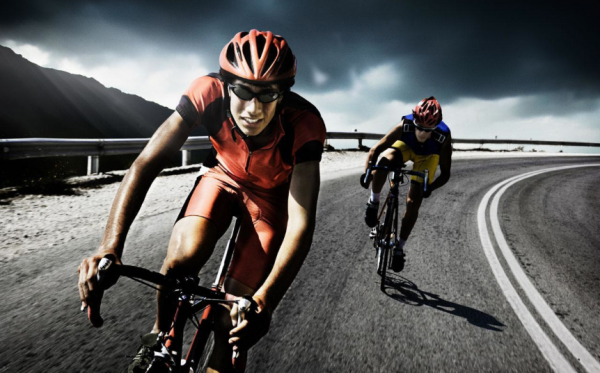Cycling 100 Miles – Century
 So you want to tackle cycling 100 miles (also known as a century)! Riding a significant distance takes more than physical endurance; it takes mental stamina. But with the right training and a good strategy, there’s no reason you shouldn’t be able to complete a 100 mile ride, and then some!
So you want to tackle cycling 100 miles (also known as a century)! Riding a significant distance takes more than physical endurance; it takes mental stamina. But with the right training and a good strategy, there’s no reason you shouldn’t be able to complete a 100 mile ride, and then some!
Training For a 100 Mile Ride
It all depends on how fast you want to go…
Important things to keep in mind when looking for a training plan: Your skill level, time you have to dedicate to cycling and how long of a time period you have before you want to cycle the 100 miles.
If you want to do well it will take several weeks/months to prepare for a ride this serious in magnitude. Training should consist of more than just long rides. It should also include intervals that are faster than race pace and other types of speed work. Speed work is what builds your lactate threshold, allowing you to bike for longer distances easier.
A typical plan will have a couple interval/speed training days during the week with an endurance ride on the weekend. The Complete Book of Long Distance Cycling has training plans tailored to beginners, intermediates and seasoned pro’s.
How Long Does It Take To Ride 100 Miles
Riding time varies largely on terrain and experience level, a 100 mile bike ride can take anywhere from 4 hours to 10 hours. That’s a long time to be on a bike!
Before 100 Mile Ride
Drive the 100 mile route so you know what is coming ahead or better yet (if you have the opportunity) practice on it. Do it in sections, noting every detail, what gear you have to be in and when, where to carry your speed, where to push it and where to hold back.
Make sure to eat a carb rich meal of approximately 400 calories at least 3 hours before your ride, (sometimes that involves waking up at ridiculous o’clock to eat before an early start time) and are sufficiently hydrated.
During the 100 Mile Ride
Fueling up before the ride is essential, but sustaining your energy level is just as important. A proper hydration and nutrition plan should be practiced during your training rides to figure out what you need and when you need it. Before you begin the century ride you should know how much to eat and drink every hour. A rough guideline to start from is… one bottle of sports drink, and one or two gel’s or gu’s washed down with water for every hour of riding to avoid bonking. Look to consume approximately 350 calories per hour of riding.
I cannot stress the importance enough about starting off slower than you think you should. When you push yourself too fast in the beginning (which many of us inevitably do) all the blood you have will be going to your legs leaving very little for digestion. The question then is not if, but when will you bonk. The food and drink will build up in your stomach and slosh around undigested, the glycogen that your muscles require to keep working will not be delivered. So… race your pace not someone else’s… don’t blow up!
During a century your body will be in one position for quite some time, so things are likely to get a bit uncomfortable. To stave off tension and keep things loose, you need to move around. Ease your grip on the handlebars change your hands’ positions every so often to prevent numbness. Stand up on your pedals once in a while. Avoid locking your joints and make it a point to stretch now and again.
After Riding the Century
You did it! You accomplished your goals and completed something most people only dream of. But you’re not done yet. Recovery can be just as important as training in helping you to avoid injury and muscle soreness.
Immediately after the ride, take some time to cool down. Don’t just hop off your bike and call it a day. Ride at a gentle, easy pace for 10 to 15 minutes to allow your muscles time to wind down.
Your glycogen stores will be depleted once you finish, so it’s important to eat something right away. Opt for something rich in carbohydrates to replenish your glycogen, and protein to repair your muscles. The ideal ratio for recovery is 4:1, or 4 grams of carbohydrates to 1 gram of protein. Don’t skimp out on rehydrating. A good sports drink can replace lost water and electrolytes.
As soon as the next day, you can go for a recovery ride. A recovery ride should be nowhere near strenuous or challenging. Its sole purpose is to help you recover. If you’d rather not hop right back on the saddle, go for a massage. Massage has been proven to help with recovery after an intense period of exercise. What’s more, you’ve earned it!
Training Plan
If you are looking for a century training plan, begin with the “The Complete Book of Long Distance Cycling“. The century training plan will give you century training tips, long distance cycling nutrition information, mental approach to riding a century and advice on training.
Enjoy the ride.